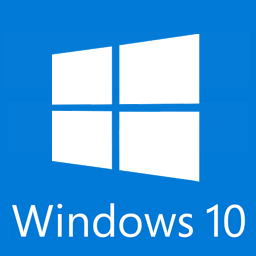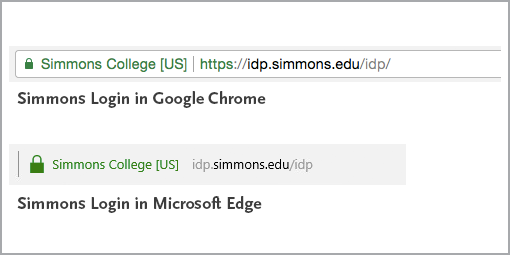
Microsoft is now deploying two major upgrades to their standard operating system each year. Because these upgrades are time and resource intensive, we want to ensure that everyone in the community is aware of when Simmons Technology will update the operating system on Simmons-owned computers.
To minimize disruptions to employees, we will delay upgrades to individual computers in order to test the newest version and verify that it works with all software and systems currently in use at Simmons. Windows 10 upgrades will be installed on Technology department, library, and classroom machines before we upgrade faculty and staff computers.
The newest Windows 10 release is currently being tested and will be deployed to the community prior to the spring semester. If you are using a Simmons-owned Windows computer, you will receive more information about this upgrade in January.
If you have questions about this change in the meantime, please contact the Service Desk (617-521-2222).
